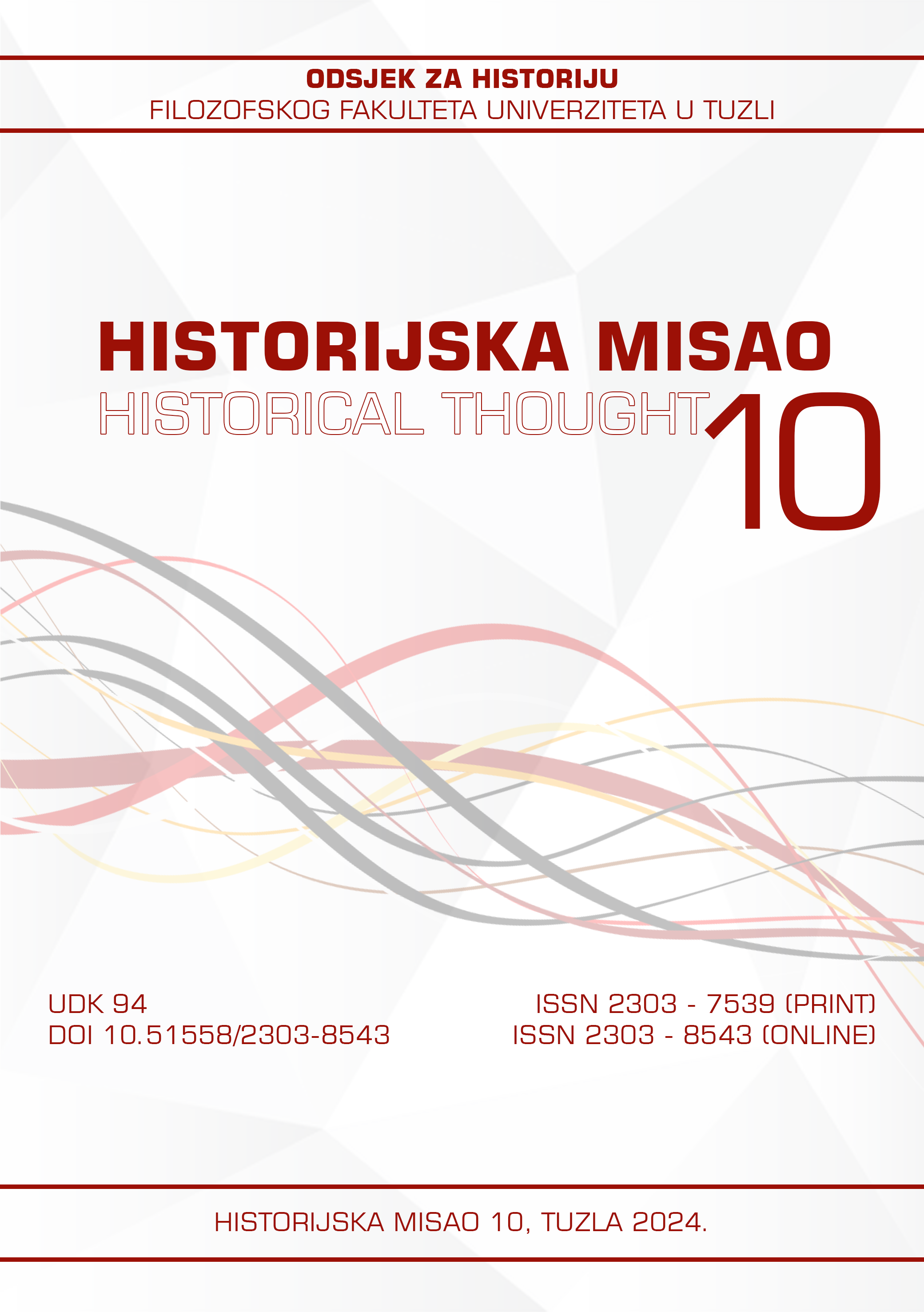“Insurrection frequent around Tuzla, the commune rose up” Causes and effects of the 1920 Husino insurrection
Abstract
The Husino Uprising, which was praised as one of the “most significant class battles in the old Yugoslavia,” attracted a great deal of attention, particularly after 1945, when the class stru ggle became the dominant histo rical lens. Despite the extensive socialist historiography on the Husino Uprising, critical questions remained unanswered until the disintegration of Yugoslavia in 1991. Between 1945 and 1991, the past was revised by historians mainly to conform to the political narrative of the CPY. After 1991, interest in the subject waned as attention shifted to other topics. It was not until 2012 that Omer Hamzić revealed that in Husino the National Guard, armed by the Serbian authorities was involved alongside Serbian police and army, giving the class struggle of the uprising an ethnic dimension.
Downloads
Downloads
Published
How to Cite
Issue
Section
License

This work is licensed under a Creative Commons Attribution-NonCommercial-NoDerivatives 4.0 International License.



